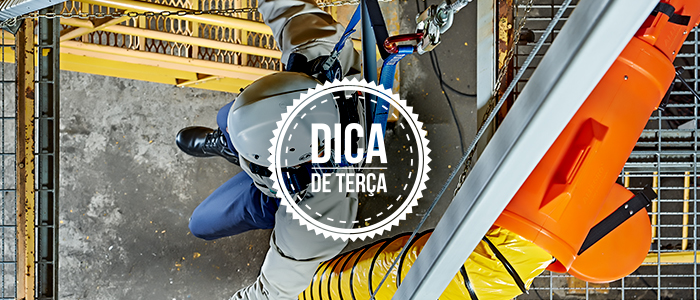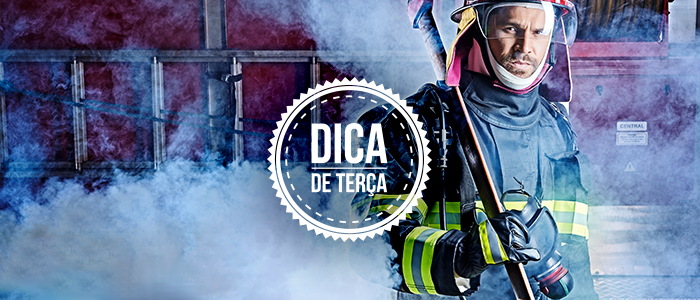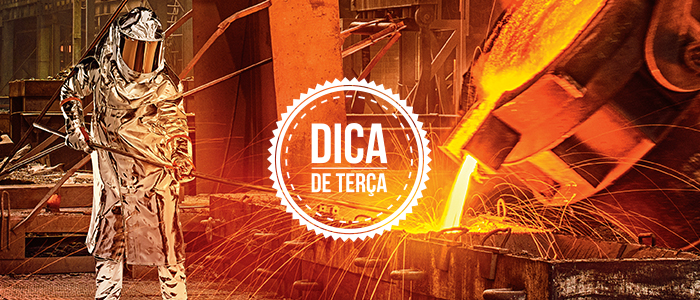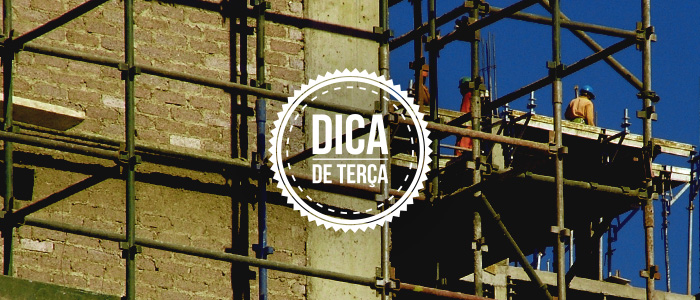Every worker who performs activities at height, uses and trusts his/her safety belt, since in case of a sudden evil or carelessness that may cause the worker to fall, the belt will retain that fall...


Every worker who performs activities at height, uses and trusts his/her safety belt, since in case of a sudden evil or carelessness that may cause the worker to fall, the belt will retain that fall...

There are no Brazilian norms that determine the maximum weight of the worker at height. The ABNT NBR norms (NBR 14626, NBR14627, NBR14628, NBR14629, NBR15834, NBR 15835, NBR15836 and NBR15837) are...

"Hot work" is the definition of any activity involving burning, welding, or similar operations that are capable of starting fires or explosions. Hot work also includes other activities with the...

In my visits to clients all over Brazil, what I see most often is height equipment that is either not fit for use, or not used properly. And today I would like to comment specifically on a piece of...

The safety belt, its components and accessories are fundamental parts of the whole process for work at height, because they are what connects the anchorage point with the fall arrest system. Despite...

Due to the fact that the Ministry of Labor does not have a specific classification for work accidents occurring in confined spaces, there are no precise statistics regarding the figures of this type...

"Any fabric is a barrier that prevents the evaporation of sweat from the human body, regardless of much this varies from one person to another. What doesn’t vary is the fact that body temperature is...

Today's tip starts with a reminder: occupational exposure to heat (indoors or outdoors, with or without direct sunlight), in any work situation, implies a thermal overload to the worker - and the...

Security companies and managers have to deal with a number of challenges. When there are updates to standards, then the challenge is even greater: what has changed? What actions are required with...

Working at height is a very high risk job, so when a fall is stopped by a harness and the worker is suspended, a physiological process called Suspension Syndrome begins. In short, the employee's...